The Mortgage interest deduction is a seemingly easy to understand and straight forward tax deduction that will be utilized by millions of Americans when they file their taxes this year.
However, it was dramatically changed under the Tax Cuts and Jobs Act of 2017, “clarified” by the IRS in February of 2018 with Notice IR-2018-32, and then further modified and guidance provided under the 2019 IRS Publication 936: Home Mortgage Interest Deduction.
So, rather than ruin the next 6 hours of your life by forcing you to read the fine print of the above legislation, I’ve done the dirty work for you and want to break it down in simple terms with this article.
Prior Mortgage Interest Deduction
First, we need to understand the old law in order to better understand the new, as well as knowing if we will be allowed to take advantage of the ‘grandfather clause’ and be able to use the old law (or at least a part of it).
Under prior law, if you itemize your deductions, you could deduct qualifying mortgage interest for purchases of a home up to $1,000,000 plus an additional $100,000 for equity debt. Moreover, the debt could be in the form of an original mortgage, HELOC, or 2nd mortgage and the monies used for anything so long as the mortgage was secured by the primary residence or second home.
The New Mortgage Interest Deduction
The new law first imposes a lower dollar limit on mortgages qualifying for the home mortgage interest deduction. Beginning in 2018, taxpayers may only deduct interest on $750,000 of new qualified residence loans ($375,000 for a married taxpayer filing separately), and the limits apply to the combined amount of all mortgage loans. Moreover, the extra $100,000 of home equity interest is gone entirely.
Next, the loan(s) must be used to buy, build or substantially improve the taxpayer’s main home or second home. However, the mortgage loans can be a home equity loan, home equity line of credit (HELOC), second mortgage, or even a “re-fi”.
Essentially the bad news is two fold: (1) a lower combined mortgage limit, AND the loans can’t be used to pay off credit card debt or binge on a cruise for the family.
The IRS Provides the following three Examples:
Example 1: In January 2018, a taxpayer takes out a $500,000 mortgage to purchase a main home with a fair market value of $800,000. In February 2018, the taxpayer takes out a $250,000 home equity loan to put an addition on the main home. Both loans are secured by the main home and the total does not exceed the cost of the home. Because the total amount of both loans does not exceed $750,000, all of the interest paid on the loans is deductible. However, if the taxpayer used the home equity loan proceeds for personal expenses, such as paying off student loans and credit cards, then the interest on the home equity loan would not be deductible.
Example 2: In January 2018, a taxpayer takes out a $500,000 mortgage to purchase a main home. The loan is secured by the main home. In February 2018, the taxpayer takes out a $250,000 loan to purchase a vacation home. The loan is secured by the vacation home. Because the total amount of both mortgages does not exceed $750,000, all of the interest paid on both mortgages is deductible. However, if the taxpayer took out a $250,000 home equity loan on the main home to purchase the vacation home, then the interest on the home equity loan would not be deductible.
Example 3: In January 2018, a taxpayer takes out a $500,000 mortgage to purchase a main home. The loan is secured by the main home. In February 2018, the taxpayer takes out a $500,000 loan to purchase a vacation home. The loan is secured by the vacation home. Because the total amount of both mortgages exceeds $750,000, not all of the interest paid on the mortgages is deductible. A calculation will need to be completed and determine the percentage of the mortgage interest that’s deductible.
Vacation Home Strategy
The vacation or second home scenario is a tricky one. The IRS bars the deduction of interest from home equity loans taken out on a primary residence if it’s used to buy a vacation home. That’s because that new loan is not secured by the vacation home.
However, if the loan is incurred to purchase or improve the second home, the interest is still deductible so long as it’s under the combined mortgage limit threshold. Thus, the strategy is to finance the purchase of a vacation home with a first mortgage secured by the home upon purchase, NOT through a loan on your primary residence in order to purchase the second home (sounds weird…but that’s the rule).
The Grandfather Clause
This rule states that if taxpayers entered into a mortgage before December 16th, 2017, or a contract to buy a residence before that date, and the transaction closed before April 1st, 2018, these taxpayers are allowed to take advantage of the ‘grandfather clause’ and avoid the new rules…at least to some degree.
Essentially, under this ‘clause’ the new limits don’t apply, and the taxpayer is allowed to still deduct the interest on up to $1 Million of home acquisition debt. Yet, just as under the new law, the loan must still have been used to buy, build or substantially improve the taxpayer’s main home or second home, and NOT to pay off credit card debt.
As a bonus, or ‘safe harbor’, if a taxpayer decides to refinance a loan that qualifies under the ‘grandfather clause, and even if the re-fi takes place after April 1st, 2018, the loan interest is still allowable up to $1 Million worth of mortgage indebtedness, so long as the re-finance proceeds do not exceed the amount of the original indebtedness.
However, and regrettably, the extra interest on $100,000 of home equity indebtedness that was allowed under the old law, is not part of the ‘grandfather clause’.
When does the Party End?
Well, many taxpayers don’t realize that the Tax Cuts and Jobs Act legislation is ‘temporary’. Many provisions are already beginning to expire, and the Mortgage Interest rules discussed in this article disappear in 2026 and we return to the prior rules that were in affect for the 2017 tax year.
President Donald Trump is planning on another round of tax reform, but who knows what that will look like and if he will even have the opportunity to do so under a 2nd term.
For now, taxpayers need to make sure they are familiar with the rules regarding mortgage interest and especially if they are preparing their own tax returns. We recently had a new client come to our office for support under an audit for this very issue. They had taken more mortgage interest than was allowed under the new limits, and the IRS caught it and also assessed penalties.
Be careful, this is an easy one for the IRS computers to catch and you don’t want to make a mistake on this line of your tax return. The penalties aren’t worth it.











What about in the context of doing a cash out refinance on your first mortgage and using it to pay off credit cards, buy stock….etc. non home improvements generally. If the refinance with cash out is under your original mortgage and under the 750k limit, is all that interest deductible or just the portion relating to your current principle balance?